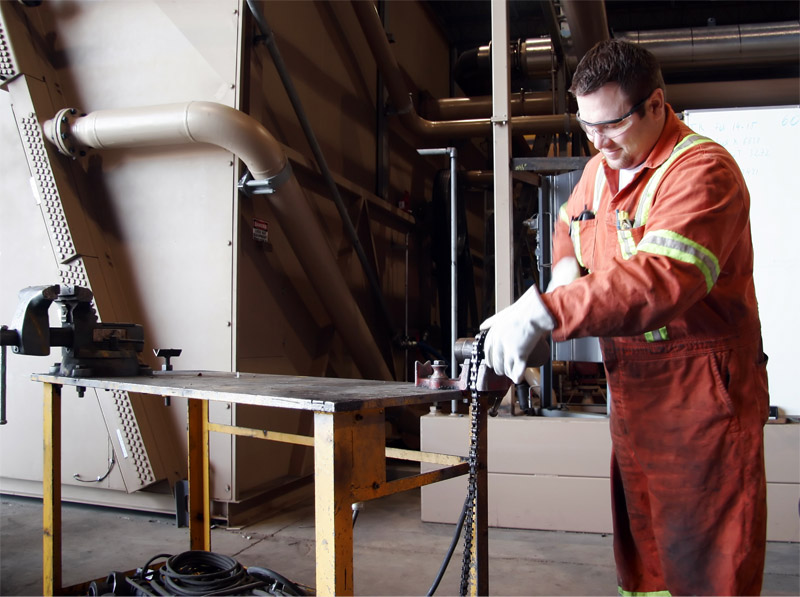The Pipe-fitter
 A pipe-fitter is a construction worker in Canada who assembles, maintains, installs and repairs any type of mechanical piping projects or systems. They start their career as apprentices before they can become journeyman pipe-fitters who are specialized in the installation of heating and cooling systems, commercial, industrial and marine piping. In Canada, he is expected to be licensed and there are requirements that vary from province to province. There can be a 4-5 year apprenticeship program that would help the person be certified. A pipe-fitter can earn an average wage of C$32.63 per hour and this is subject to change when the person has become vast with years of experience.
A pipe-fitter is a construction worker in Canada who assembles, maintains, installs and repairs any type of mechanical piping projects or systems. They start their career as apprentices before they can become journeyman pipe-fitters who are specialized in the installation of heating and cooling systems, commercial, industrial and marine piping. In Canada, he is expected to be licensed and there are requirements that vary from province to province. There can be a 4-5 year apprenticeship program that would help the person be certified. A pipe-fitter can earn an average wage of C$32.63 per hour and this is subject to change when the person has become vast with years of experience.
Pipe-fitter Jobs Calgary
They are responsible for the taking care of any type of pipe work in combination with different tasks like the seal joints, position pipe, grade culverts or trenches. The job of pipe layers involves: checking slopes with lasers or levels for conformance to the construction requirements, covering pipes with materials, connecting and sealing pipe joints with the use of glue, cement or welding equipment, cutting pipes to an expected length, installing of sewer structures, installing and making use of transit levels, grade rods or lasers, laying out of pipe routes as they follow blueprints with supervisors, aligning and the positioning of pipes to get them ready for sealing or welding, digging trenches, making use of mechanical equipment such as rollers, trucks, dump trucks, tandem, backhoes and many more.
The pipe-fitters can install a lot of pipes at any site. There are apprenticeship programs that a pipe layer can get involved with to understand what to do on any work at a site. These programs can feature a combination of classroom instruction and on-site training where the worker can be trained effectively and able to carry out any pipe layering work on site.